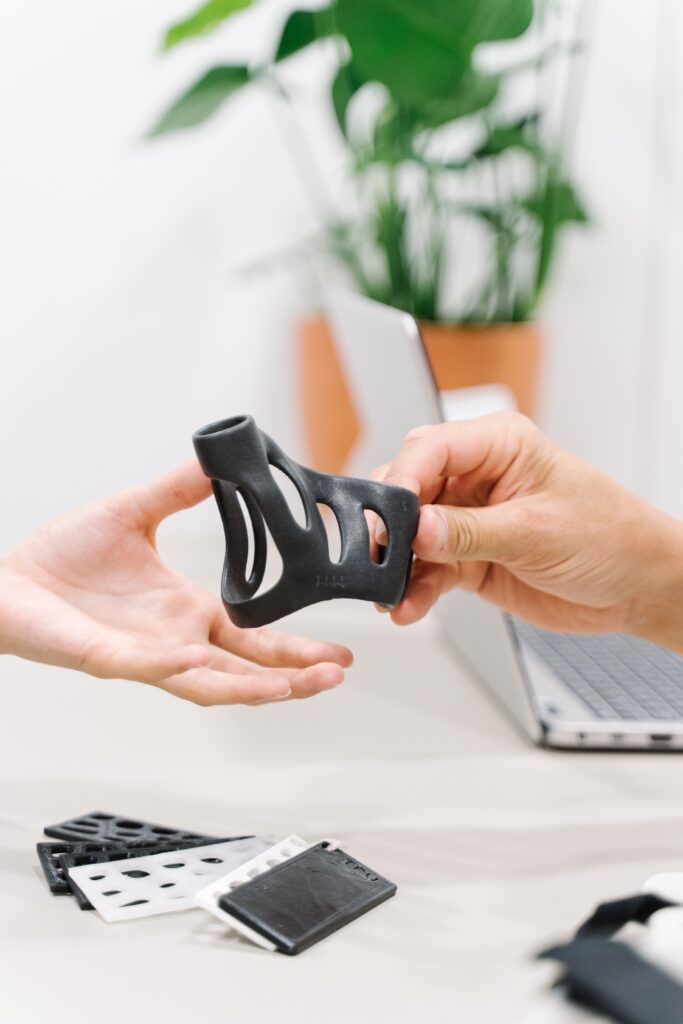
You’ve probably seen someone wearing a plastic cast covering their finger, wrist, or hand. These are customized medical devices (thermoplastic splints) that help with joint or bone injuries and rheumatology disorders.
This mouldable plastic is prepared, fitted, and adjusted for your ankle. Since the hand splint is custom-made for you, it is not sharable. You and a different may suffer similar injuries, but your joint sizes differ, as does the injury’s severity.
It is always essential to consult a professional and have the thermoplastic splint custom made for you.
Is Plastic Used For Splints?
Thermoplastic splints are made from plastics primarily made up of polymer resins. They can be heated until they become soft enough to mould them to the injured part of your body. Although primarily used for upper limb injuries, they can also be customized to fit the knee, ankles, and toes.
Types Of Thermoplastics For Splints
Although there are many types of thermoplastics, the ones often used in orthopaedic clinics are two, high-temperature thermoplastics and low-temperature thermoplastics.
Low-temperature thermoplastic splints are softened in hot water and fitted directly on the skin. It is usually used to make custom hand splints for upper limb injuries like the thumb and wrist.
High-temperature thermoplastics are sturdier and more durable than low-temperature thermoplastic splints. They only soften when exposed to very high temperatures. They are ideal for long-term and permanent treatments, such as for people who suffer from chronic rheumatoid disorders.
Things To Consider When Choosing Thermoplastic Splints
The decision on which thermoplastic splint to use will depend on several things. The primary consideration is the type and severity of the injury. However, other factors will influence the choice that doctors make.
- Comfortability. The custom hand splint is made to cover the affected joint only. This allows other joints to move freely. Additionally, it must fit comfortably since it is custom made for your finger, hand, or wrist.
- Rigidity. The thermoplastic hand splint is stiff. However, the stiffness varies depending on the type and location of the injury. For example, a finger splint will not be as rigid as a hand splint. This is because the wrist has dense bones. They need a stiffer thermoplastic splint to hold them in place.
- Reusability. Some thermoplastic splints are prepared to be worn for a few hours a day or during specific periods, such as when you sleep. Others are made for long-term use, such as for people with serious injuries that require long-term or permanent use.
- Strength. Some thermoplastics soften when left in a hot environment, including hot water. Some even get deformed. Other thermoplastics are stronger and will not change shape easily. However, your doctor will most likely warn you against washing the thermoplastic splinting in hot water or leaving it in a closed car.
There are several dynamics to thermoplastic splints. However, there is no doubt they are a significant improvement from the traditional, bulky plasters that constrained movement for weeks. These splints limit the movement of the affected joints. However, you are still free to enjoy physical activities without the risk of making the injury worse.